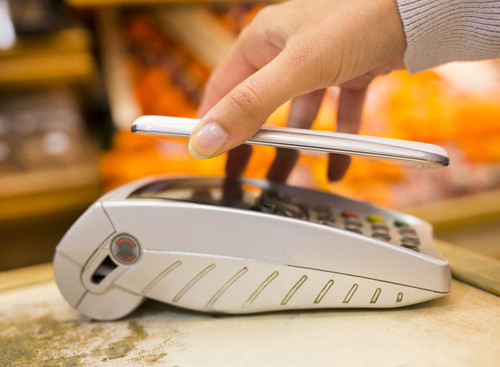With Bitcoin, Apple Pay and the European Commission’s Directive on Consumer Rights claiming ground in the payments industry, there is a tremendous amount of interest in the future of online payments. So what are the trends that are going to make an impact?
Souheil Badran, senior vice president and general manager of Digital River World Payments shares his global perspective about what will really matter in the European payments industry in 2015.
The virtual wallet will go mainstream
The virtual wallet has been widely discussed over the past year and 2015 will be its time for mass adoption.
The concept, once understood primarily by the tech savvy, has risen to popularity through the likes of Apple Pay. Currently, Apple Pay has only been launched in the United States but penetration in the European markets looks promising as Zapp and PayPal, among others, have tapped a deep well of interest in mobile payments.
As the European markets get comfortable with the idea of using a mobile device to purchase goods, the digital wallet will become another important payment method for retailers to add value to their customers’ experience.
If its leather ancestor was a filing cabinet, the virtual wallet is an ecosystem, in which debit cards coexist with frequent-flyer programmes, credit cards with discount vouchers, and library cards with Bitcoins. Virtual wallets combine these payments forms, which makes it more rewarding and simply more convenient, for customers to replace a tangible plastic card with virtual payment methods. This year, merchants will be encouraging people to reach for their phones at the point of sale by offering them loyalty programmes, rewards programmes, and highly relevant offers.
Things will pay
The rise of the Internet of Things, an idea that anything and everything can, and will, be connected to the Internet, will change the payments industry and people’s lives in profound and unpredictable ways.
With all of these devices now connected and ‘talking’ to each other, it’s likely that this development will have a transformative effect on mobile payments. As more objects connect to the Internet, more methods of payments will become available.
For several years, Google Wallet has allowed American consumers to make payments with NFC-enabled smartphones; in 2014, the iPhone 6 took another step toward making smartphone payments mainstream. Looking into 2015, the launch of the Apple iWatch suggests that consumers in Europe and the UK will be able activate mobile payments in their lives too.
Taking this further, the industry is exploring accepting bitcoin payments by a tap on the ring on your finger or using biometrics to complete a purchase. Together with innovations in information security and payments services, these new forms of payment will create new standards for seamless payments.
At Digital River, we see that the Internet of Things is inevitably leading to the Commerce of Things.
More payment options means more value
The Commerce of Things won’t just be a gateway of new channels for consumers to make purchases; it will provide new opportunities for merchants to make a payment transaction into a moment of genuinely useful interaction with a customer.
As we progress into 2015 and as the concept of the Internet of Things takes off further, more connected devices will produce more data, enabling merchants to provide consumers with even more personalised and more relevant shopping experience.
To take a simple example: If a consumer pays for a cup of coffee with her smartwatch, she could instantly receive an e-voucher for a gym down the street — an offer she might find timely, since she uses her smartwatch to track her exercise as well.
Finding innovative and responsible ways to monetise such moments of contextually relevant interaction will keep the payments industry busy through 2015 and beyond.
Consumers will have the power
The continued introduction and adoption of new payment methods and even new currencies will inevitably mean that consumers will direct their destiny for the foreseeable future. In 2015, the most successful merchants will enable their customers pay the way they want to pay, rather than making that choice for them.
Offering the right combination of payment types for your customers is vital, which means that merchants will have to be increasingly more flexible to the market’s demands.






